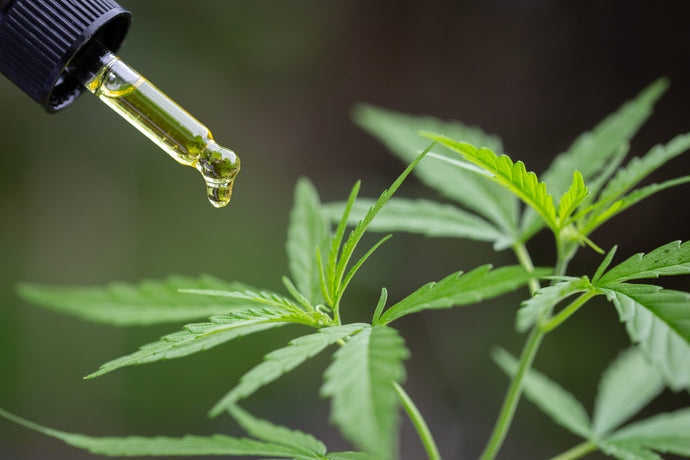Cannabinoids are compounds found in the cannabis plant and the human body.
You may know of cannabis as marijuana that is smoked to experience euphoria. The “high” of marijuana comes from the psychoactive property of perhaps the most famous cannabinoid: tetrahydrocannabinol (THC). However, THC is just one of hundreds of cannabinoids contained in the cannabis plant.
“The cannabis plant contains about 540 chemical substances.” — National Center for Complementary and Integrative Health, National Institutes of Health
There is one particular cannabinoid known for not having mood-altering effects, with the power to naturally help people manage stress, inflammation, pain, anxiety, depression, insomnia, multiple sclerosis, certain epileptic seizure activity, and more. Cannabidiol (CBD) is currently the most well-researched non-psychoactive cannabinoid that has become popular for many uses.
What’s fascinating is that cannabinoids that exist naturally in your body (endocannabinoids) and cannabinoids found in plants (phytocannabinoids) like CBD stimulate the same receptors (CB1 and CB2) in your body.
‘Endo’: derived within the body.
‘Phyto’: derived from plants.
So, you might be wondering: why do people take CBD if phytocannabinoids and endocannabinoids are both cannabinoids?

Endocannabinoids are constantly metabolized by enzymes, which means your body naturally digests and uses them up. Furthermore, some people have naturally low levels of endocannabinoids, which makes it challenging for your cells to repair, rejuvenate, and flourish.
For instance, some people struggle with low levels of anandamide (AEA), a primary endocannabinoid often referred to as the “bliss” endocannabinoid. AEA is naturally produced by the body in its stress response and activation of reward pathways. Studies have shown that patients with chronic pain and inflammation, including people with migraines, fibromyalgia, depression, PTSD, ADHD, weight gain, and irritable bowel syndrome, have lower levels of anandamide.
CBD enhances the presence of anandamide and other endocannabinoids by stimulating receptors in your body’s endocannabinoid system, found throughout the central nervous system and immune system. Optimizing the presence of endocannabinoids regulates and balances bodily functions that direct how you feel and perform in every aspect of life.
Cannabigerol (CBG) is another phytocannabinoid that is emerging in scientific understanding and popularity. Known as the “mother of all cannabinoids”, all cannabinoids are derived from an acidic form of CBG, cannabigerolic acid (CBGA).
CBG is known for its premium price and rarity, as CBG is naturally found at much lower concentrations in plants than CBD. CBG may serve as a natural alternative to anxiolytic (anxiety-reducing) and mood-boosting pharmaceutical drugs. CBG seems to interact with receptors that affect the body’s stress response and release of norepinephrine and serotonin in ways that differ from CBD.
As scientific research and clinical findings about CBD continue to emerge, many find that it provides incredible relief from symptoms of Parkinson's, rheumatoid arthritis, anxiety, depression, chronic pain, and sleep disorders more effectively than synthetic and FDA approved drugs.
At Bottle & Stone, we offer a variety of handcrafted products, infused with full spectrum, single-origin, certified Organic, and lab-tested CBD, empowering you to thrive naturally and achieve health and happiness on your own terms.
Explore our CBD online to discover how #WeedBeGoodTogether or email us at assistant@bottleandstone.us.
